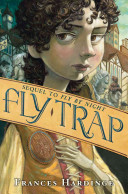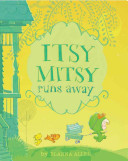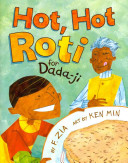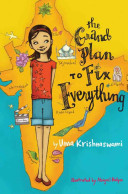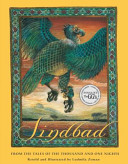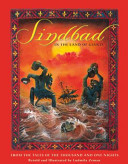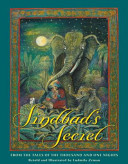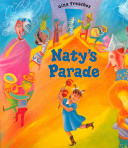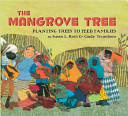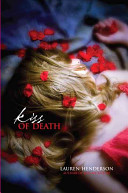
Scarlett thought Dan McAndrew’s murder was long behind her, but when she and her classmates arrive in Edinburgh for a weeklong field trip, she’s startled to be joined by her old St. Tabby’s cohorts–and enemies–who are visiting the area on a field trip as well. Even more startling, Callum, Dan’s surviving twin, is in the area–and his cold treatment leaves Scarlett wondering what’s changed, especially when a series of attacks makes her believe that someone’s out to get her for her past mistakes. Would Callum ever hurt her, though? And what’s Scarlett to make of her conflicting feelings for Callum, now that Jase isn’t around? Even more upsetting, why is her most trusted confidante, Taylor, acting distant and dismissive?

